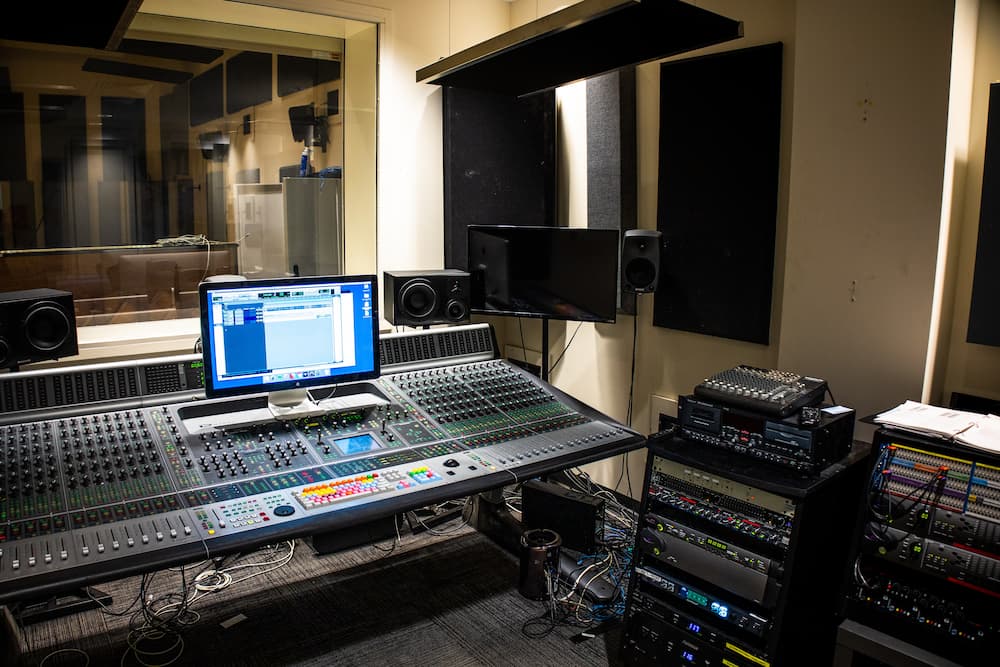What is Soundproofing and What Are the Different Ways to Do It?
Soundproofing sound can be a difficult task. Whether you’re soundproofing your home theater area, soundproofing your bedroom to sleep better, or soundproofing a recording studio – there is a lot of information available about sound and how it’s made. This blog post will focus on the basics of soundproofing and what tools you’ll need to do it yourself. We’ll discuss different types of materials for sound blocking as well as some common methods used in construction projects to reduce noise from outside sources.
Please note that this content would have been more interesting if we had provided examples of specific situations where people might want to use soundproofing techniques, but we didn’t think about that when we created these texts!
There are a number of different materials that can be used to soundproof a room, and a little bit of research will help you find the most cost-effective options. Before making your purchase, it is important to think about what exactly you need from the material in order for it to do its job well. The three main areas where noise control needs to occur in any space include airborne sound between rooms or through walls; structure-borne noise such as vibrations from an adjacent unit’s floorboards; impact sounds when objects strike surfaces like footsteps on floors or furniture hitting against another piece of sturdy furniture. If all these elements cannot be soundproofed, the sound will travel through the air and possibly cause an issue.
– Egg cartons are a common sound-absorbing material that can be used to soundproof one room from another or inside of furniture such as cabinets for sound equipment like televisions and stereos (more info: How to Use Egg Cartons for Soundproofing).
– There are several ways you can build your own egg crate sound absorption panels at home with materials bought from any hardware store: hardboard back panel, corrugated fiberglass front panel, heavy-duty staple gun, and staples (to attach fabric), strong scissors (for cutting cardboard), etc.
Egg cartons soundproofing process
• Cut the egg crates down to smaller pieces that can fit into your speaker or sound system. You will need a front and back panel for each of these systems, so measure how big they are before cutting. Make sure you leave yourself an extra inch on all sides just in case!
• Choose fabric material large enough to cover both panels with at least two inches around each side; this is where the staple gun comes in handy again as it attaches cloth quickly without sewing.
• Put sound-absorbing foam inside of the speakers, television cabinets (in between multiple layers), and any other furniture piece such as drawers for storage space if possible. This can add additional sound absorption which will make your soundproofing even more effective.
Egg cartons are an easy way to soundproof one room from another or inside of furniture such as cabinets for sound equipment like televisions and stereos. All you need is the right tools, materials (egg cartons, scissors), and fabric material that can be attached with a staple gun! This will provide sound absorption without spending too much money on items that may not work in every space around the house.
The first step is to measure the inside of the room or space you need to soundproof. Take out a sheet of graph paper and create a single square with one-inch squares. Each square represents an inch, so basically you are going to be drawing a grid on your wall! You can then take measurements from this graph paper that represent how thick each egg carton section needs to be. For example, if you had three spaces between two windows across from each other on either side of a wall, measuring it from floor to ceiling would give your four inches roughly since those windows share a support column in the middle of the wall and therefore split up the space evenly. Draw these measurements onto your eggs cartons along with little drawings indicating where you want the egg cartons to be spaced.
Cut out each section of egg carton and use a staple gun to attach the fabric to either side, making sure not to puncture through all four layers (two egg cartons, two pieces of fabric). The egg carton material will act as soundproofing by absorbing the higher frequencies of noise that tend to cause problems in adjoining rooms.
Make sure you place them facing inward! Attach these sections around your room or space, placing them directly onto walls if possible. You could also purchase thicker foam or fiberglass insulation panels from a home improvement store if you wanted more padding for your floors and ceilings rather than just having a thin layer on walls. If you have a really sensitive ear or are trying to block out a lot of sound, you could place egg cartons all the way up the ceiling and then around the floor so that no noise can escape upwards. This works really well if you have someone in your house who snores loudly!
Using egg cartons is an inexpensive way to soundproof one room from another or inside of cabinets, but there are other effective strategies as well. For instance, you could purchase acoustic foam panels at home improvement stores which will absorb sound better than egg cartons by themselves. If this seems like too much work for you, read on to learn about some other methods…
